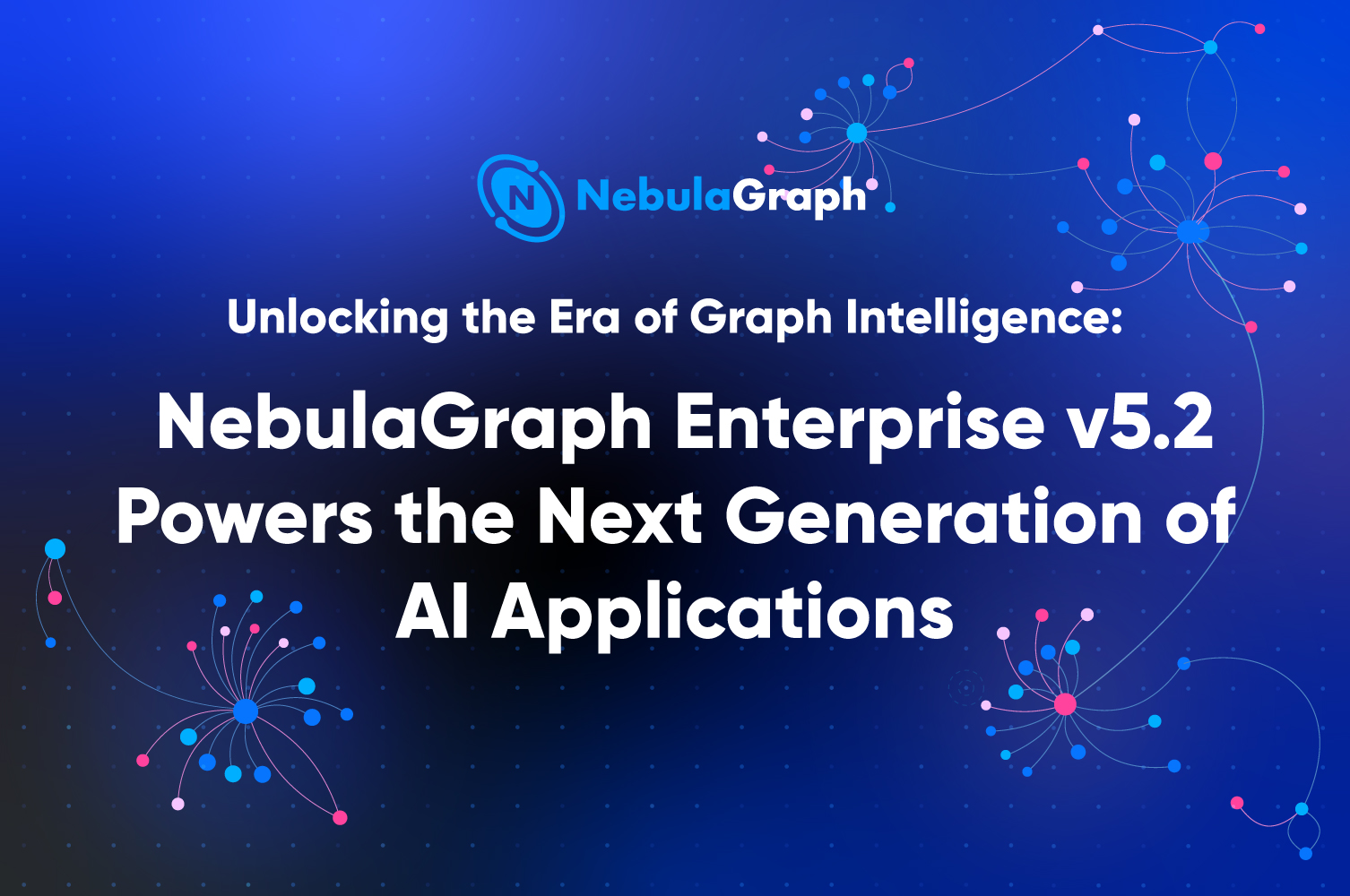Use-cases
Bridging Compliance and Security: Graph Technology for Stablecoin Transaction Monitoring
The New Era of Stablecoin Compliance
The passage of the GENIUS Act marks a watershed moment for stablecoin issuers—no longer operating in regulatory gray areas, they are now formally designated as "financial institutions" under the Bank Secrecy Act with stringent obligations. This transformation brings three critical challenges that traditional risk systems are ill-equipped to handle:
First, issuers must implement KYC/AML protocols capable of binding real-world identities to pseudonymous on-chain addresses—a near-impossible task when a single entity manipulates hundreds of wallets to launder funds. Second, they need to maintain real-time transparency between stablecoins and their 1:1 reserve assets, despite transactions fragmenting across multiple blockchains. Third, with stablecoin holders gaining priority claim status in insolvency, issuers must proactively model systemic risk exposure across interconnected user networks.
The core problem? Stablecoin transactions form complex relationship networks, but legacy systems treat them as isolated events. When a user's funds hop across Bitcoin, Ethereum, and Solana chains, relational databases see disconnected silos—while money launderers exploit these very gaps.
This is where graph technology becomes indispensable. Unlike traditional databases, graph databases natively model the relationships between entities —mapping how user identities connect to addresses, how transactions flow across chains, and how risks propagate through networks. By transforming fragmented data into intelligent relationship graphs, issuers can:
- Automatically detect hidden wallet clusters through community detection algorithms
- Reconstruct end-to-end transaction paths across chains in seconds, not hours
- Simulate insolvency scenarios by modeling issuer-reserve-user dependency networks
How NebulaGraph Enhances Stablecoin Fraud Detection
NebulaGraph has been validated in production environments by leading stablecoin platforms, including Binance, OKLink and BlockSec. Its technical strengths address the three systemic challenges:
Dynamic Graph Analytics: Real-Time Data for Cross-Border Compliance
Stablecoins’ cross-chain nature fragments transaction paths, and traditional risk systems—due to data silos—cannot quickly reconstruct end-to-end trails.
NebulaGraph’s multi-chain transaction graph modeling aggregates and correlates addresses, timestamps, and transaction amounts from disparate blockchains (e.g., Bitcoin, Ethereum, Solana) into a unified fund flow visualization. It updates address relationships in milliseconds, capturing criminals’ frequent wallet-switching behaviors.
For example, a cross-border payment platform used shortest-path analysis to trace a stablecoin’s complete transfer path from TRON to Ethereum in seconds, assessing risk levels in real time. This dynamic graph capability also supports one-click generation of compliance evidence chains aligned with multi-jurisdictional regulations, drastically shortening compliance response times.
Graph Computing: Penetrating Complex Relationships to Expose Hidden Risks
A core challenge for stablecoin issuers is deep-linking user identities to on-chain addresses. Traditional systems rely on static rules (e.g., blacklist matching) or simple associations, failing to detect sophisticated "cluster attacks" where criminals manipulate hundreds of addresses to disperse funds.
NebulaGraph’s graph computing models user identities, on-chain addresses, device fingerprints, and transaction timestamps into a dynamic relationship network. It leverages community detection algorithms (e.g., Louvain, PageRank) to automatically identify hidden fund pools.
In a cross-border money laundering case, the system analyzed transaction patterns across 200+ addresses , flagging anomalous fund flows that deviated significantly from normal user behavior. It locked down the hidden controller (back-end operator) in milliseconds. Additionally, graph computing simulates issuer-bank-creditor dependency networks to predict liquidity crisis transmission paths during stablecoin runs, providing institutions with systemic risk early-warning models.
Real-Time Graph Features: Millisecond Response at Scale
In high-concurrent scenarios (e.g., market volatility surges), stablecoin issuers must handle traffic spikes while meeting regulatory demands for real-time risk interception. Traditional databases often lag under complex joins at thousands of queries per second, but NebulaGraph’s distributed architecture has proven its capability for trillion-edge real-time analysis.
NebulaGraph supports tens of thousands of concurrent queries per second with stable millisecond latency, even under extreme scenarios. This real-time capability not only meets regulatory deadlines but also proactively intercepts systemic risks like money laundering and bank runs, ensuring institutional stability.
Building Resilient Risk Infrastructure for the Stablecoin Era
As U.S. regulators tighten stablecoin oversight, graph databases like NebulaGraph are no longer optional—they’re the foundation of modern risk infrastructure. By combining real-time cross-chain analytics, advanced graph algorithms, and high-concurrency scalability, NebulaGraph turns compliance from a cost center into a strategic advantage.
The GENIUS Act imposes direct compliance obligations on stablecoin issuers, but its ripple effects extend to the broader ecosystem, including compliance and security firms serving virtual asset transactions, financial institutions doing exchanges, payment gateways, as well as DeFi Protocols and NFT platforms.
For technical teams, this isn’t just about meeting deadlines—it’s about future-proofing systems against the next generation of financial threats. Ready to see how graph technology can transform your stablecoin risk strategy? Schedule a 1:1 demo with our technical consultants to explore more.


